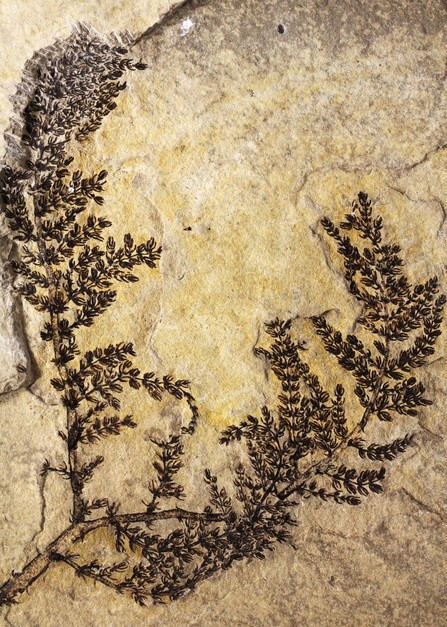Scientists believe that the oldest known flower that bloomed 125 million years ago, apparently had no petals and also thrived underwater. This oldest flower called the aquatic Montsechia vidalii once thrived in freshwater lakes in some mountainous regions in Europe before or what is now known as central and northern Spain.
This prehistoric flower was discovered more than a century ago however, scientists have now revealed some crucial data from its fossils after years of careful analysis. Researchers have estimated that the weed is dated between 125 to 130 million years old even it is considered as an angiosperm or a flowering plant.
Some experts say that another aquatic plant called the Archaefructus sinensis which is originally from China has also been proposed as the world's earliest flower however, scientists now believe that the M. vidalii could be older.
According to lead author of the study, David Dilcher of Indiana University, this discovery now poses important questions about the evolutionary journey of flowering plants and how these plants also became part of the evolution of other plants including animals as well.
He adds that, a "first flower" is a myth similar to the "first human" however, this new analysis of the Montsechia reveals that it is contemporaneous or existed during the same time as the Archaefructus, or may even be older.
During the research period, the team based their findings from an analysis of more than 1,000 Monteschia fossilized remains such as stems and leaf structures that were derived from the fossil stone as they were applied with a hydrochloric acid solution in drops and then examined under microscopic conditions.
According to Dilcher, the Monteschia does not possess the usual "floral parts" like petals or structures where nectar is produced since its entire life cycle is underwater. Its fruit only contains one seed which is a defining characteristic of an angiosperm that is born upside down.
The appearance of the oldest flower in the world is somewhat similar to the modern Ceratophyllum or more commonly known as coontail or hornwort. The Ceratophyllum is an aquatic plant that is dark green in color where it possesses coarse leaves that can be seen as an ornamental plant in aquariums.
The Montsechia existed during the early Cretaceous time, when dinosaurs like the brachiosaurus and the iguanodon once thrived on the planet. This new study is detailed and published in the journal, Proceedings of the National Academy of Sciences.



























